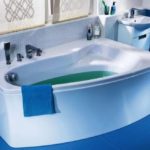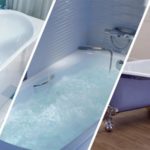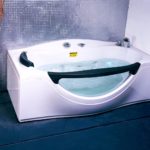What is an acrylic bathtub, what is it made of?
Not so long ago, a person was deprived of the choice of what material the bathtub would be made of. During the renovation, one cast-iron bathtub was simply replaced by another. But with the development of technology, they began to be made from various materials.
Meanwhile, such plumbing is a rather expensive purchase. Therefore, the issue of choice must be approached responsibly.
The material from which the bathtub is made plays an important role here. So, recently acrylic products have been gaining popularity.
The content of the article
What and how to make an acrylic bathtub
Polymethyl acrylate is used to make the bowl. In everyday life it is called “plumbing acrylic”. It is plumbing because it is used to make bathtubs and shower stalls. Such products are light but durable.
The material itself can be technical or industrial. For plumbing products, it is the technical version that is used. This is explained by the fact that it contains elements that can protect the surface of the product from the appearance of pathogenic bacteria.
The casting procedure itself is as follows:
- Molding. The sheet of material is heated and stretched to the required size.
- Gain. The inner surface of the acrylic sheet is coated with a composite composition.
- Trimming. Excess material is removed. The necessary holes are also made.
- Assembly.The final stage - the prepared form is installed on the frame, after which it is carefully polished.
An acrylic bowl made in this way can last more than 10 years.
Inexpensive tanks are produced by extrusion. It uses two-component plastic. Plumbing fixtures produced in this way are not of high quality and have a long service life.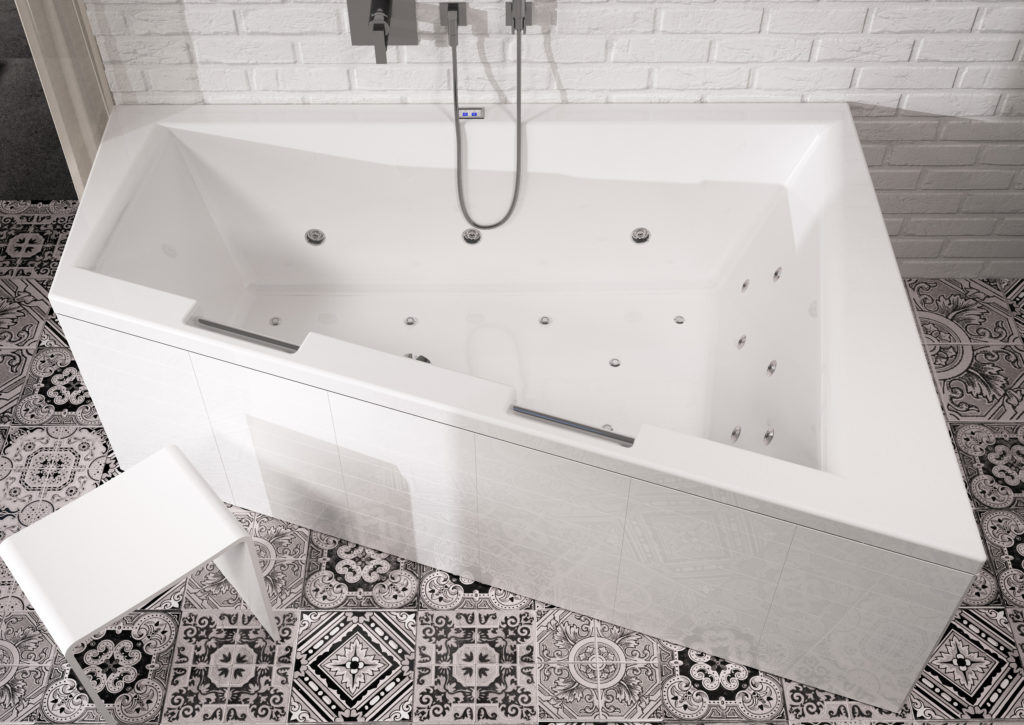
Reference! When choosing a bathtub, pay attention to its price. A quality product cannot be priced too low.
Which material is better for an acrylic bathtub?
When choosing a plumbing product, you should know what material it was made from. So, you can be offered a bowl made of the following materials:
- Acrylonetrile butadiene styrene (ABS). This is a material consisting of two components: plastic and organic glass. The disadvantage of ABS/PMMA is its short service life. On average, such plumbing will last no more than 5 years. This is due to the porous structure of the plastic. Because of this, the coating absorbs moisture, which leads to its gradual destruction. With frequent use, the surface of the plumbing fixtures begins to wear off. Therefore, such bowls have a low cost.
- Polymethylacrylate. This is ordinary organic glass. There is no plastic admixture in it, so the products are strong and durable. They are also resistant to mechanical stress. With careful use, this bathtub will last more than ten years. High-quality baths are made only from this material.
Attention! The bathtub, made of acrylonetrile butadiene styrene, has thin walls. Therefore, the product is fragile and cannot withstand mechanical stress.
Advantages and disadvantages of acrylic bathtubs
So, now we know what and how an acrylic bathtub is made. This means you can begin to identify the advantages and disadvantages.
First, let's look at what advantages the product has. These include:
- Small mass. Acrylic is a plastic, so the bowl is light. This greatly simplifies the transportation and installation of the tank.
- Easy installation. Bathtubs made of steel or cast iron are placed on special legs. The acrylic bowl is mounted in the frame that comes with the kit.
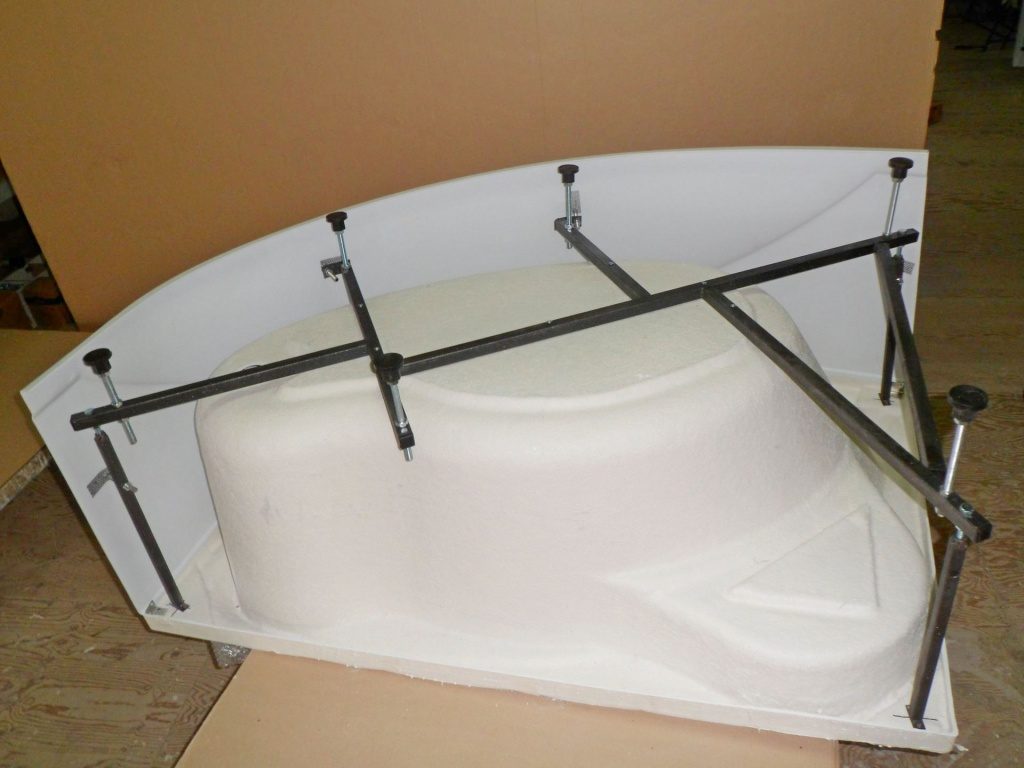
- Variety of shapes. Due to the fact that plastic has excellent flexibility, manufacturers produce bathtubs in a variety of shapes: round, oval, rectangular and even asymmetrical. This will allow you to choose a stylish tank that will become the highlight of the room.
- Maintainability. If chips or scratches occur, the surface can be restored yourself. To do this, use regular sandpaper or a special repair kit.
- Easy to use. Regular dishwashing detergent, shower gel, and liquid soap can easily handle cleaning the surface. In addition, there are special products for caring for acrylic coatings.
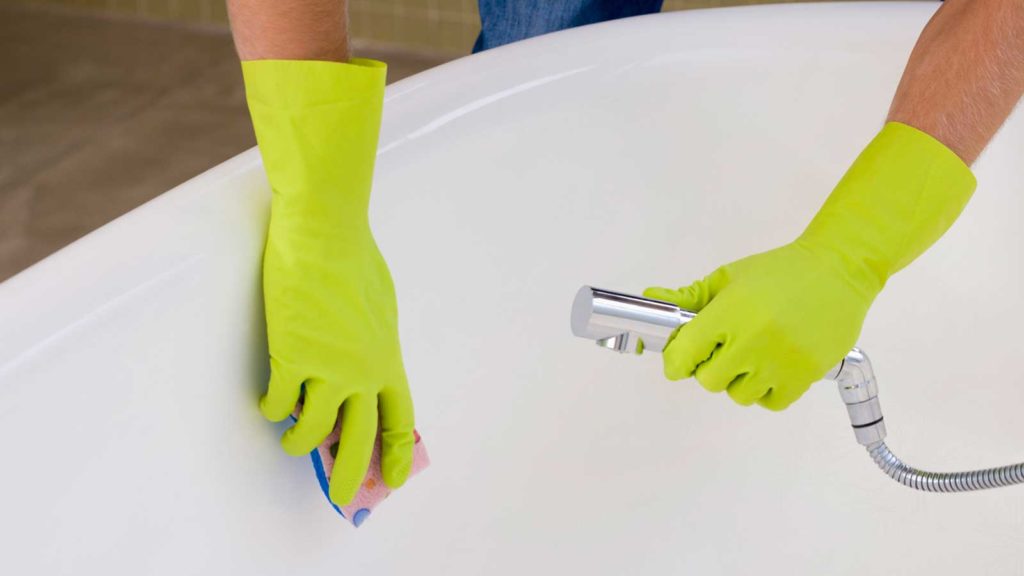
- Heat capacity. The bowl perfectly maintains the temperature of the water. Those who like to soak in the bath will appreciate this.
- Safety. Even though the surface of the tank is smooth, it does not slip. Therefore there is no risk of falling. This is especially important for young children and older people.
- Hygiene. Not susceptible to rust, fungus, or bacterial growth. Therefore, acrylic is completely safe for human health.
- Noise suppression. When water hits the surface, it does not “ring.”
- Multifunctionality. For plumbing, you can additionally order various accessories: massage items, various attachments, etc.
The disadvantages include:
- Poor resistance to high temperatures. If you leave a curling iron behind surfaces, for example, you risk burning the bowl.
- Fragility. Although the product is durable, if a heavy object falls, the coating may crack.
- Need for careful care. Acrylic does not tolerate exposure to abrasive particles. Therefore, it is recommended to care for the bowl only with mild detergents: gels, creams, pastes.
- Price. The cost of such plumbing is higher than that of options made from other materials.
When choosing plumbing, evaluate all its advantages, disadvantages and other important characteristics. This way you can purchase the perfect bathtub for yourself.

